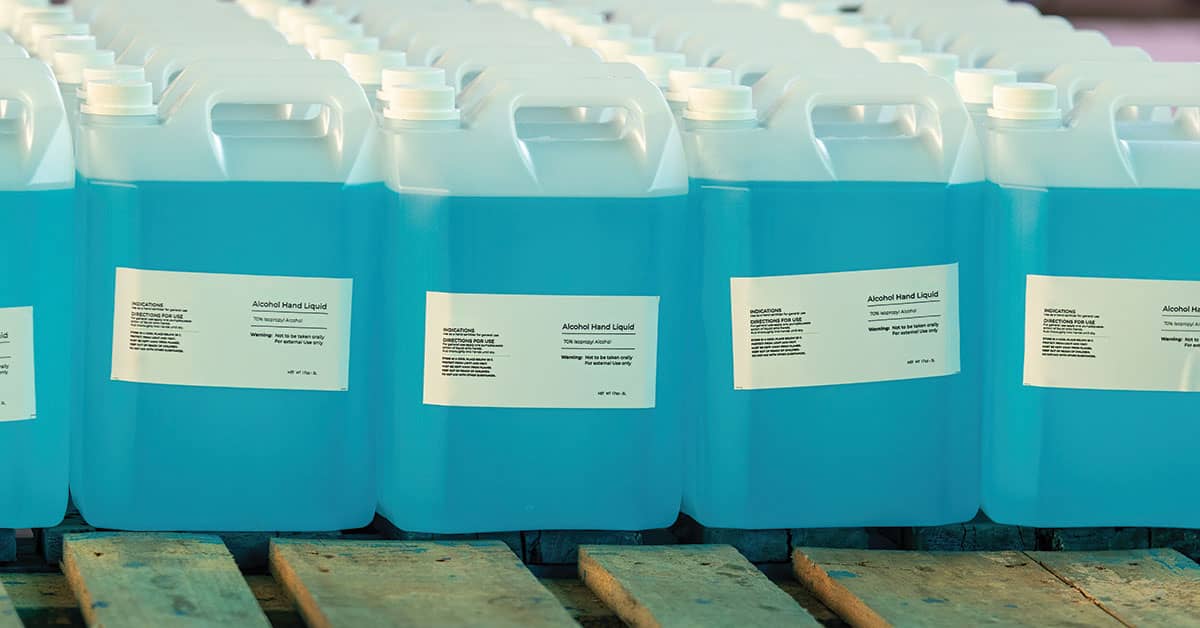Test yourself: Hazardous waste, solid waste, or something else?
Date Posted: 03/01/2021

Classifying your wastes can be confusing and complicated. We commonly get questions asking for help to determine the correct disposal method for all sorts of wastes. Today we test your waste classification knowledge. Read each of the waste disposal scenarios below, decide how you think the wastes should be handled, then read on to see how much of a waste-whiz you are.
One last thing to keep in mind - waste designations can vary by state. Because of this your answer and operations may differ from the federal-level answers we have presented here.
Scenario 1:
The maintenance department comes to you asking about burned out fluorescent light tubes. They need to know if those are hazardous wastes?
Answer: You can manage your waste fluorescent lamps as hazardous waste (because they usually contain substances that are hazardous for toxicity such as mercury and lead). However, used fluorescent lamps can also be handled as universal waste, an option most facilities prefer. If you follow all the requirements of the Universal Waste Rule, found in 40 CFR 273, this is an opportunity for waste reduction and some cost savings.
Scenario 2:
Everyone is using more hand sanitizer than ever before. How should the empty alcohol-based hand sanitizer containers be disposed of?
Answer: These would be hazardous waste, unless they are “empty” and therefore no longer subject to RCRA (hazardous waste) regulations. Found in 40 CFR 261.7 is the description of when a container is "empty." A complicating factor would be a hand sanitizer that is an acutely hazardous waste, which fortunately most aren’t, but it’s something to verify. Assuming your containers meet the requirements of “empty,” they can be recycled or disposed of in the trash.
Scenario 3:
A colleague recently mentioned to you that the acetone cleaning wipes you have been sending out as hazardous waste may have an exemption. Is this true?
Answer: Your associate is likely correct; EPA's Solvent Contaminated Wipes rule could apply to your wipes.
If you use disposable wipes and manage them according to 40 CFR 261.4(b)(18) those can be managed as solid wastes (put in the regular trash) rather than as hazardous waste.
Alternatively, if you use laundered reusable wipes contaminated with F001-F005 listed solvents in §231.31, or the corresponding P- or U-listed solvents in §261.33, those are not considered wastes at all. Acetone is one of the listed solvents.
How Safety Management Suite Can Help
Have a waste classification scenario that you just can’t figure out? Send your questions using the Expert Help feature in the J. J. Keller® SAFETY MANAGEMENT SUITE, linked conveniently from the home dashboard. Waste related submissions are the most common environmental questions we get, we’ve seen a lot of different situations and may already know the answer. If not, we’ll do the research for you, and you’ll get a response within one business day.
E-mail Newsletter
Sign up to receive the weekly EHS Insider email newsletter for safety articles, news headlines, regulatory alerts, industry events, webcasts, and more.